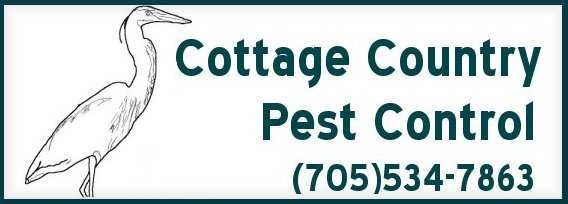Today's post is about education, licensing and legislation.
In order for trappers to qualify for the license, they MUST successfully complete the Fur Harvest, Fur Management and Conservation Course. This course is administered by the ministry and emphasizes safe and humane trapping, survival, good pelt penetration and sustainable management practices.
Trapping Licenses
Every trapper is required to purchase a license that must be renewed yearly. Every license has a unique number used to identify the trapper and where they trap. This information is used to help monitor animal populations and for setting season and harvest quotas.
Open Seasons
Trappers are only allowed to trap during open seasons which were established in the early 1900's in order to prevent harvesting during times when pelts were considered not "prime" and also to avoid harvesting when young were dependent on their parents.
Harvest Quotas
A harvest quota defines the maximum number of animals a licensed trapper is allowed to harvest. Annual quotas are set for any species that may be affected by either over or under harvesting.
Reporting
Trappers are considered to be the front line of monitoring in regards to Ontario's furbearers and their habits. They provide vital information on wildlife through scientific studies and mandatory year-end harvest reports.
Legislation (*Verbatim from legislation*)
- The Fish and Wildlife Conservation Act (S.O. 1997 c 41) provides the legislative framework for the management and protection of furbearers in Ontario. It includes a List of Furbearers of Ontario (twenty-two species of furbearers and their habitats are found throughout the province). These are defined under Schedule 1 of the Fish and Wildlife Conservation Act, S.O. 1997 and O. Reg. 669/98.
- The Crown Forest Sustainability Act indirectly provides for the habitat needs of most furbearers in crown forests.
- The Provincial Policy Statement for the Protection of Natural Heritage Features (Ministry of Municipal Affairs and Housing, 1997) was issued under the Planning Act. The Provincial Policy Statement provides for the protection of significant wildlife habitat as well as other natural heritage features (e.g. wetlands, forests, endangered/ threatened species habitat, corridors) on lands within organized municipalities in the province. The majority of lands in the area covered by the Planning Act are privately owned.
- The Agreement on International Humane Trapping Standards directs the testing and certification of trapping systems used in Ontario. The Fur Institute of Canada coordinates trap testing activities on behalf of Canada's provinces and territories. Canadian trappers employ the most up-to-date and humane trapping devices available.

No comments:
Post a Comment